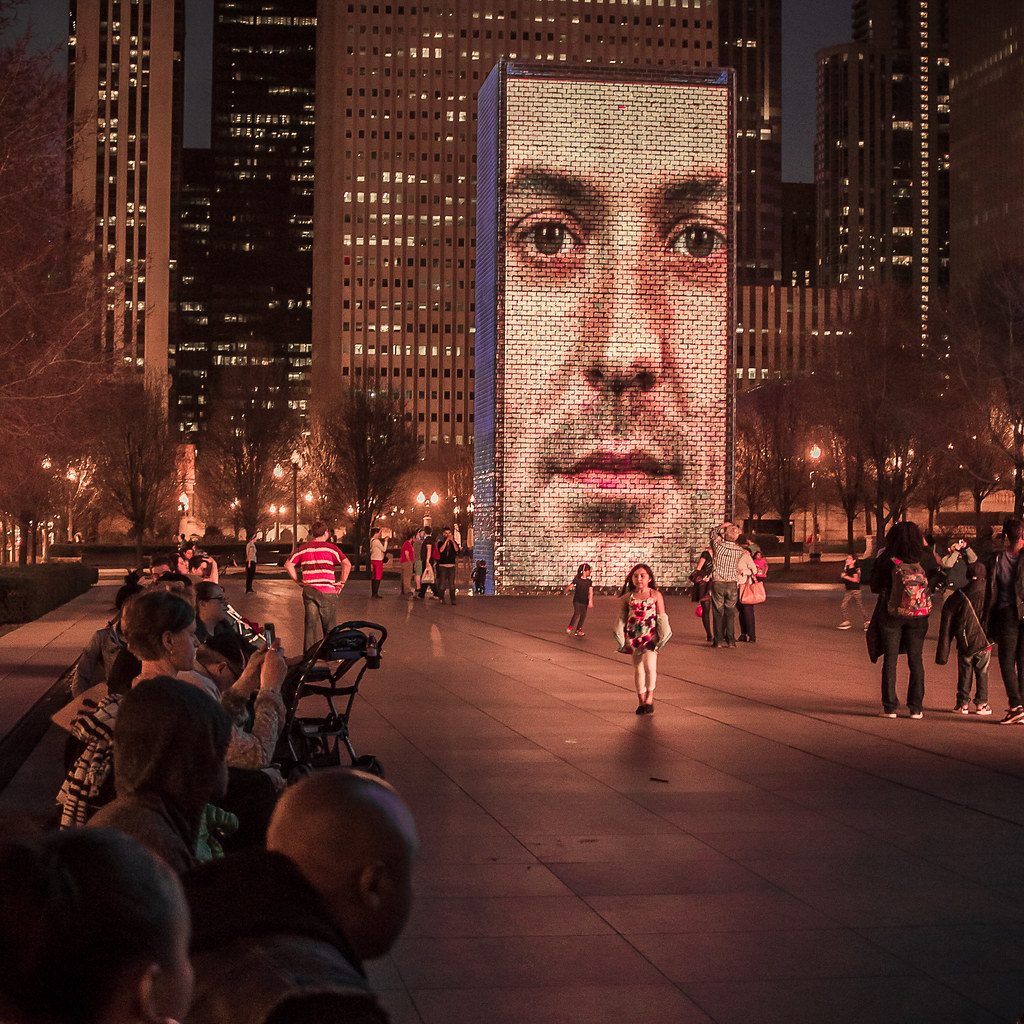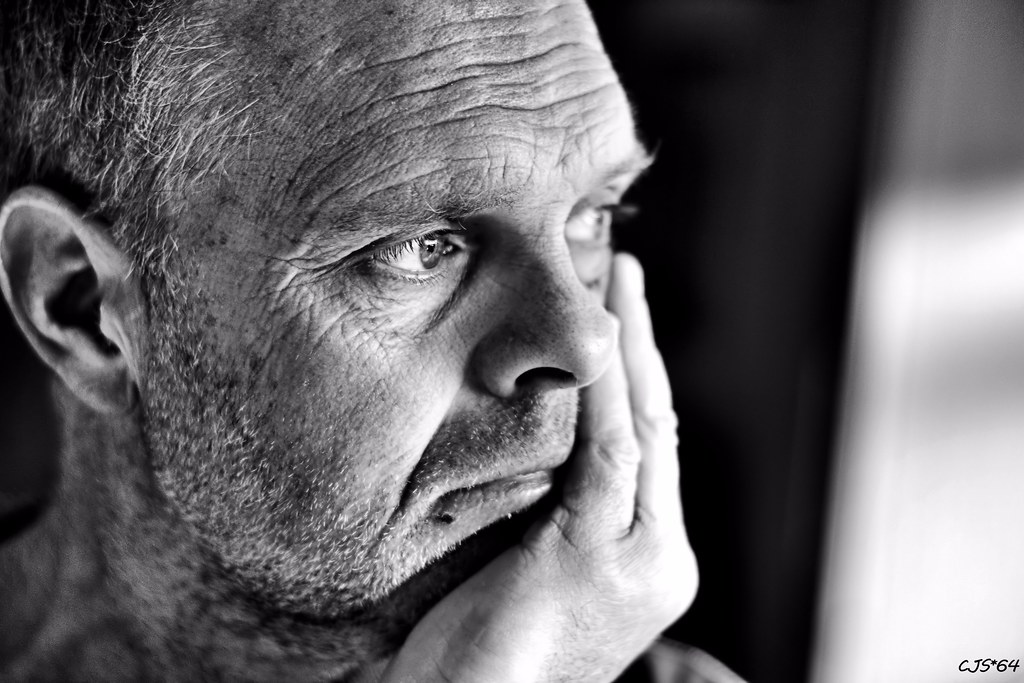Unless it's your full-time career, it can be hard to find the time to devote to your photography. Is there any way to sharpen your skills while occupied with other daily obligations? I'm going to share with you some key techniques that can be practiced anytime, anywhere, and right alongside anything else you may be doing. Incorporating these techniques into your busy schedule will result in an improvement to your overall photography whether it's your business or simply a well-loved hobby.
Random Scouting
So let’s say you are supposed to meet a friend for a drink, but they are running late. In the meantime, you're just standing there and doing nothing except maybe aimlessly flipping through the endless feed on Facebook or Twitter. Why don’t you try taking advantage of the time you have in your unique surroundings? Go for a stroll through the area and look for locations that might serve you well for future shoots. As you do so, snap a picture or two of a location with your smartphone, maybe even turning on geotagging so that you know the exact location. And there you go. Without an extra investiture of time, your location library will start filling up with ideal places for future photo shoots.
 Photo by Lisa Picard
Photo by Lisa Picard
This situation merely illustrates the benefit in being constantly on the alert for ideal photo locations. You may be out for a morning jog, running errands, or whatever and just happen to see something that catches your eye. You lose nothing but a scant several seconds in stopping to quickly document the location.
Observe Patterns of Motion and Light
Something I’ve trained myself to do is to be observant. When I find myself relaxing at a cafè with friends with a clear view of the street or sidewalk outside, I try to carefully observe the way the natural light strikes the people passing by outside. If I see something I like, I will take note of the time and the way the subject was positioned in the light. I can then utilize these factors in my next shoot.

This technique is also helpful for noticing patterns of motion. People tend to gravitate towards the same route in any given location, so you’ll probably notice a bottleneck point at which crowds of people try to squeeze through. Identifying such points is useful for street photography since it will assist you in selecting the proper angles and lighting. Being familiar with pedestrian traffic patterns will allow you to capture the most interesting portraits or time-lapse images in areas with a high volume of people moving around in the background.
Looking for a Different Angle
We look at things so often throughout the day that we may take our sense of vision for granted. While we recognize the presence of an item or quality, we often miss its significance. It would serve you well to train your eye to detect unique changes and lighting variations from angles that you wouldn't otherwise notice in your daily routine. Sometimes, shifting your glance higher or lower than usual will change your view drastically. This is yet another way you can improve your photographer's eye without interrupting your busy schedule.
Pre-Visualizing
 Photo by Kevin Dooley
Photo by Kevin Dooley
Pre-visualizing is a very important for every photographer. Predicting the outcome of a shot gives you an idea of what the final outcome will be. This is something that you probably do all the time without being aware of it. As with every other sense, however, this skill needs to be trained. While doing anything else, try to pre-visualize some scenes, and then take some shots with your smartphone. This is how you will train your eye for photography. When you are out of the formal “photography mode,” snap a few pictures to see how they turn out. Practice this power of prediction as much as possible, and you’ll notice some rapid improvement in your ability to capture quality images.
Daydreaming
 Photo by Craig Sunter
Photo by Craig Sunter
Daydreaming may seem to be a digression from the topic of photography but please bear with me. Daydreaming affects many aspects of your life which in turn affects your photography, so daydreaming can be a restful and useful means of “clearing your mind” for creative contemplation. Invoking the idea of meditation, daydreaming allows your mind wander a bit, freeing yourself from the burdens of anxious care and concern. Clear your mind of stress, and creative methods for improving your photography will come pouring in. When your mind is in a better place, your creativity will flow at a higher rate, allowing you to ultimately produce better pictures and to improve yourself as a photographer. With a little willpower and determination, anyone can harness daydreaming as a means of putting variety into their art. So anytime and anywhere that you have a quiet moment to yourself, dream away!
Summary
Being a photographer is no mere profession or hobby–it is a way of life. Having the camera in your hands isn't what makes you a photographer. You are a photographer while you're brushing your teeth in the morning. You are a photographer when you vacuum the house. You are a photographer when you are using the fax machine at the office. No matter what you are doing, you can always be a photographer. Don’t forget that. If photography is what fulfills you, then you need to nurture that love even while busy with other matters. The more you practice, the easier it becomes to train yourself by looking at life through your camera. With an intense desire to commit themselves to improving, anyone can become a better photographer.





1 Comment
I’ve said for a very long time that photography has changed the way I look at the world. Now that my passion has become portrait photography, I’ve changed the way I look at people.